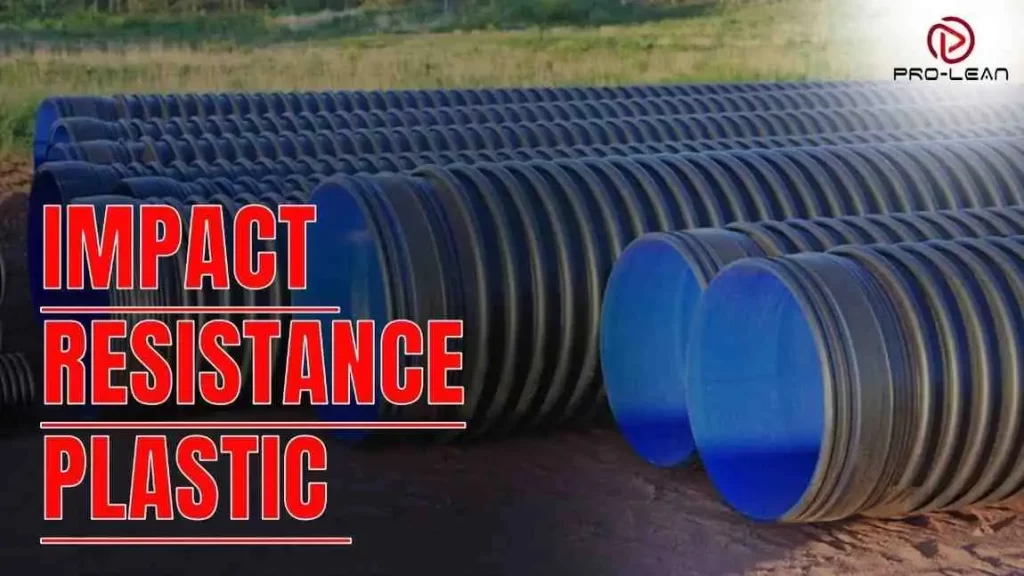
Impact Resistance Plastic
Regarding demanding applications, impact resistance plastic is your first defense against mechanical stress and failure.
Impact resistance plastic means specialized polymer materials that absorb energy and withstand sudden mechanical forces without cracking or breaking. These tough plastic materials maintain structural integrity under stress, which is essential for safety-critical applications across industries.
Choosing the right plastic material for your project can mean the difference between success and costly delays.
ProleanTech specializes in precision machining of impact-resistant plastics, so your projects meet the highest durability and performance standards.
This guide covers everything you need to know about impact resistance plastic to make informed decisions for your manufacturing needs.
What is Impact Resistance of Polymers?
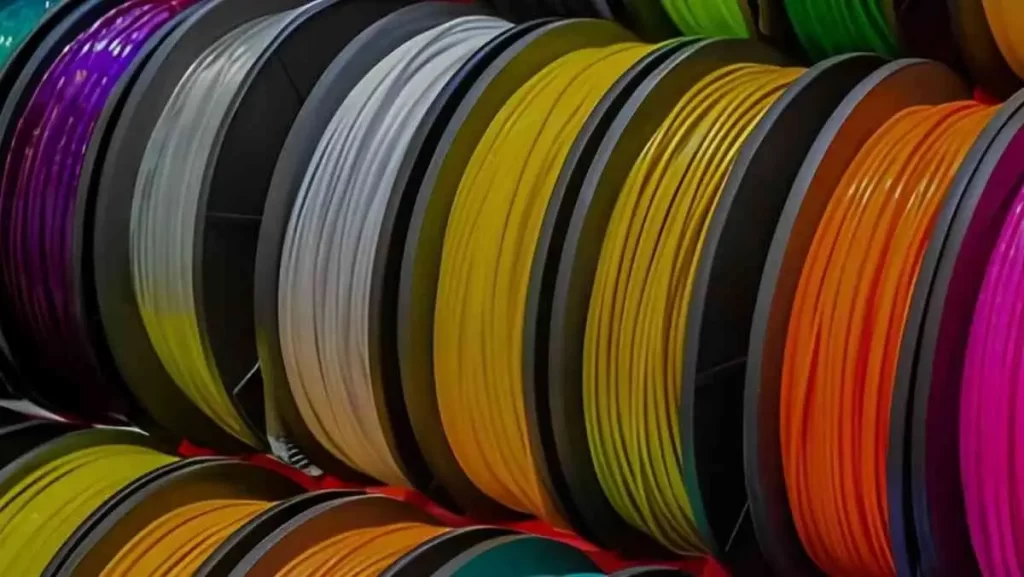
Impact Resistance Plastic
Impact resistance plastic means polymer materials that can withstand sudden mechanical forces without cracking, breaking, or losing structural integrity. These durable plastic materials absorb energy from impacts through their molecular structure, so they’re perfect for applications where safety and reliability are key.
The impact resistance of polymers depends on their ability to deform elastically under stress. When force is applied, these materials bend rather than break, distributing the energy throughout their structure. This is why hard plastics are fantastic for protective gear, automotive components, and industrial applications where durability matters.
Try Prolean Now!
Top 7 Impact Resistance Plastics
Do you want to know that what are the top strongest plastics? Choosing the right plastic for your project depends on understanding each material’s strengths and weaknesses. Different plastics work better for other jobs, so knowing their properties helps you make smart decisions.
Here are the most popular impact-resistant plastics used in manufacturing today.
1. Acrylonitrile Butadiene Styrene (ABS)
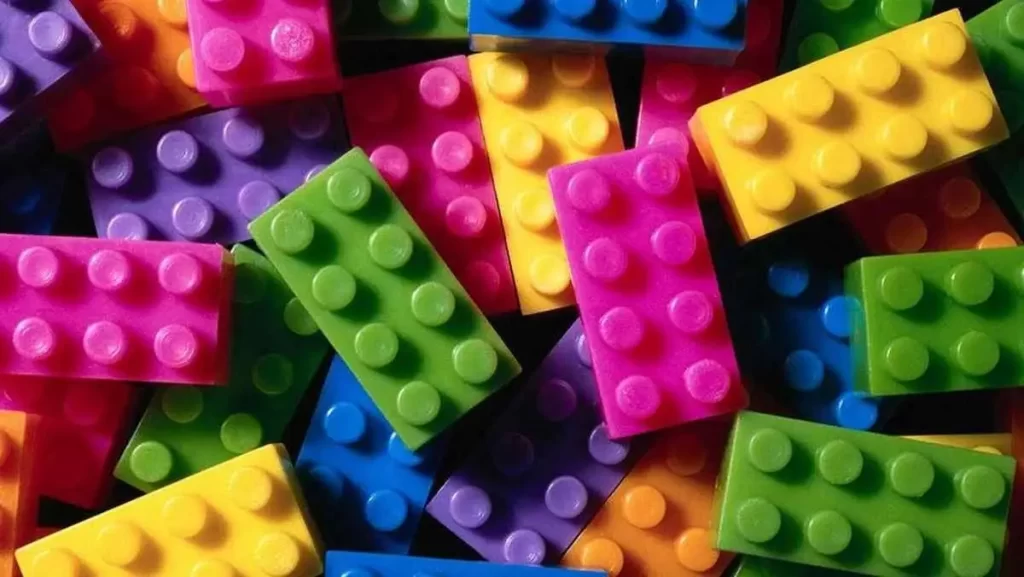
Acrylonitrile Butadiene Styrene (ABS) Plastic
ABS is one of the most versatile tough plastic materials in manufacturing. This thermoplastic has excellent impact resistance and is easy to process, so it’s perfect for prototyping and production applications.
| Pros | Cons |
| Excellent impact resistance | Limited UV resistance |
| Easy to machine and process | Moderate chemical resistance |
| Good dimensional stability | Temperature limitations |
| Cost-effective | Not food-safe without additives |
Applications:
- Automotive interior components and bumpers
- Electronic housings and computer cases
- Protective equipment and safety helmets
- Consumer appliances and kitchen equipment
- Toys and recreational products
| Property | Value |
| Tensile Strength | 22.1 – 74.0 MPa |
| Density | 1.01 – 1.20 g/cc |
| Melt Flow | 0.10 – 35 g/10 min |
| Mold Temperature | 29.0 – 120 °C |
| Melt Temperature | 170 – 320 °C |
2. High-Density Polyethylene (HDPE)
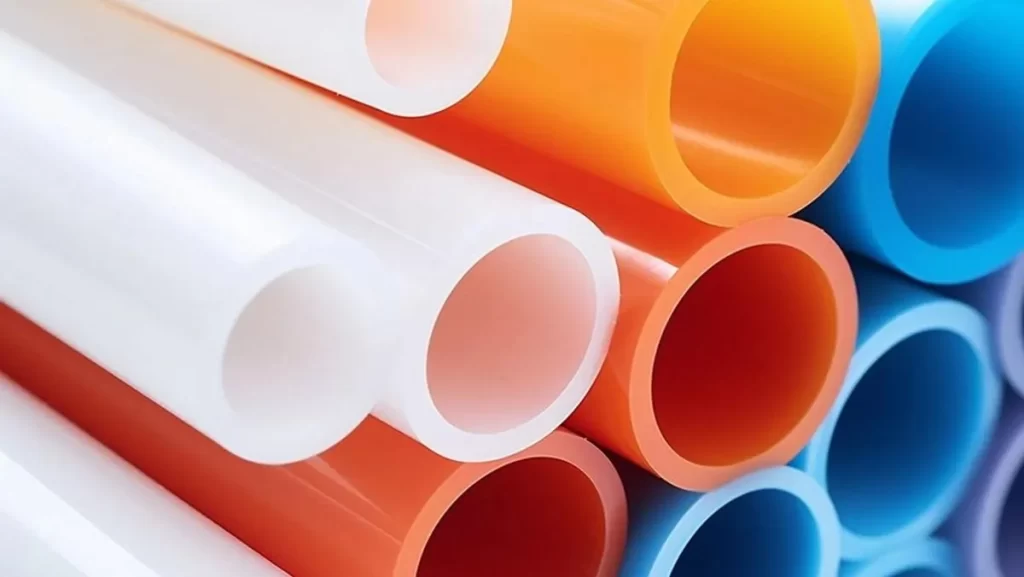
High-Density Polyethylene (HDPE)
HDPE plastic is impact resistant and has excellent chemical resistance. This high strength plastic retains its properties over a wide temperature range, so it’s suitable for harsh environments.
| Pros | Cons |
| Outstanding chemical resistance | Lower stiffness than other plastics |
| Excellent impact strength | Difficult to bond |
| UV-resistant options are available | Limited high-temperature applications |
| Recyclable | Prone to stress cracking |
Applications:
- Chemical storage tanks and containers
- Playground equipment and outdoor furniture
- Pipe systems for water and gas distribution
- Food packaging and cutting boards
- Marine applications and dock components
| Property | Value |
| Tensile Strength | 20 – 37 MPa |
| Density | 0.93 – 0.97 g/cc |
| Melt Flow | 0.1 – 25 g/10 min |
| Mold Temperature | 20 – 80 °C |
| Melt Temperature | 120 – 180 °C |
3. Polycarbonate (PC)
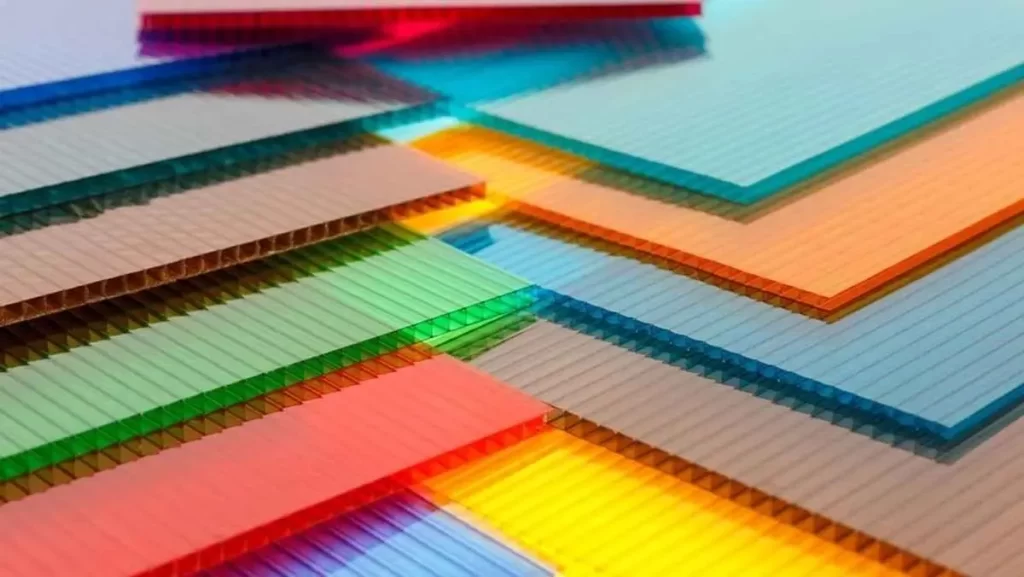
Polycarbonate (PC) Sheets
Polycarbonate plastic is impact resistant to an extreme degree. This transparent, strongest plastic material has excellent toughness and optical clarity, so it’s essential for safety applications.
| Pros | Cons |
| Exceptional impact resistance | Sensitive to stress cracking |
| Excellent optical clarity | Expensive compared to alternatives |
| High temperature resistance | Susceptible to UV degradation |
| Dimensional stability | Chemical sensitivity |
Applications:
- Safety glasses and protective shields
- Electronic component housings
- Medical device components
- Automotive headlight lenses
- Bulletproof glass and security applications
| Property | Value |
| Tensile Strength | 55 – 75 MPa |
| Density | 1.20 – 1.22 g/cc |
| Melt Flow | 4 – 25 g/10 min |
| Mold Temperature | 70 – 130 °C |
| Melt Temperature | 280 – 320 °C |
4. Polyamide-imide (PAI)
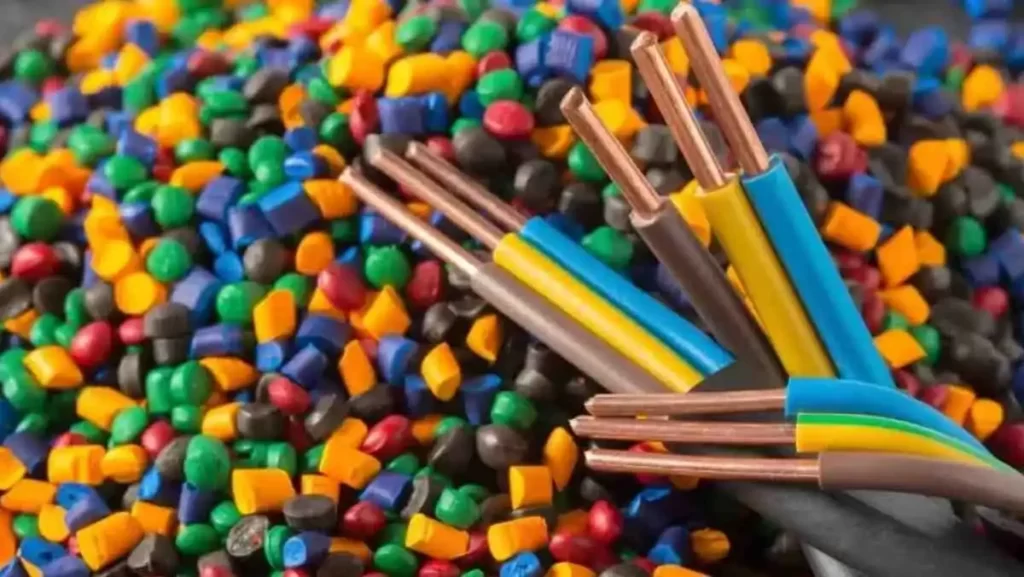
Polyamide-imide (PAI)
PAI is the highest strength plastic material, combining excellent mechanical properties with high thermal stability. This durable plastic material performs in the most demanding applications.
| Pros | Cons |
| Extreme temperature resistance | Very expensive |
| Excellent mechanical properties | Difficult to process |
| Superior chemical resistance | Limited availability |
| Long-term stability | Requires specialized equipment |
Applications:
- Aerospace structural components
- High-temperature seals and gaskets
- Semiconductor manufacturing equipment
- Oil and gas industry components
- Advanced automotive applications
| Property | Value |
| Tensile Strength | 180 – 200 MPa |
| Density | 1.40 – 1.42 g/cc |
| Melt Flow | N/A (thermoset processing) |
| Service Temperature | -240 to 275 °C |
| Glass Transition | 275 – 285 °C |
5. High Impact Polystyrene (HIPS)
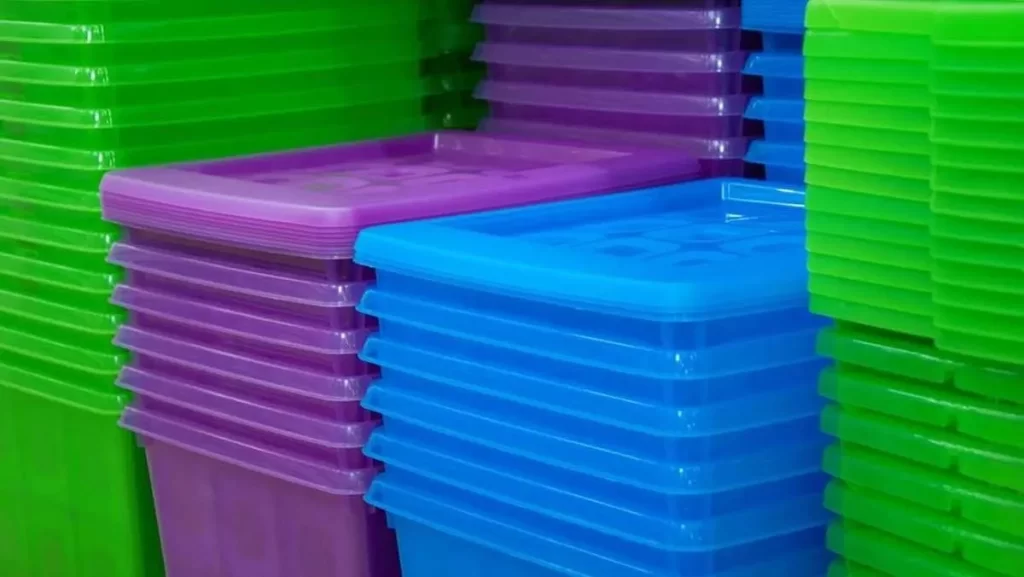
High Impact Polystyrene (HIPS)
The HIPS is a cost-effective solution for moderate effect applications. It is easy to do a rigid plastic process, and it can be modified to meet your needs.
| Pros | Cons |
| Cost-effective solution | Limited chemical resistance |
| Easy to process and machine | Temperature limitations |
| Good impact resistance | Brittle at low temperatures |
| Readily available | UV sensitivity |
Applications:
- Disposable cup and food container
- Toys & Entertaining Equipment
- Point-of-purchase performance
- Internal motor vehicle trim
- Equipment housing
| Property | Value |
| Tensile Strength | 16 – 40 MPa |
| Density | 1.03 – 1.06 g/cc |
| Melt Flow | 1 – 12 g/10 min |
| Mold Temperature | 20 – 60 °C |
| Melt Temperature | 180 – 250 °C |
6. Polyethylene Terephthalate (PET)
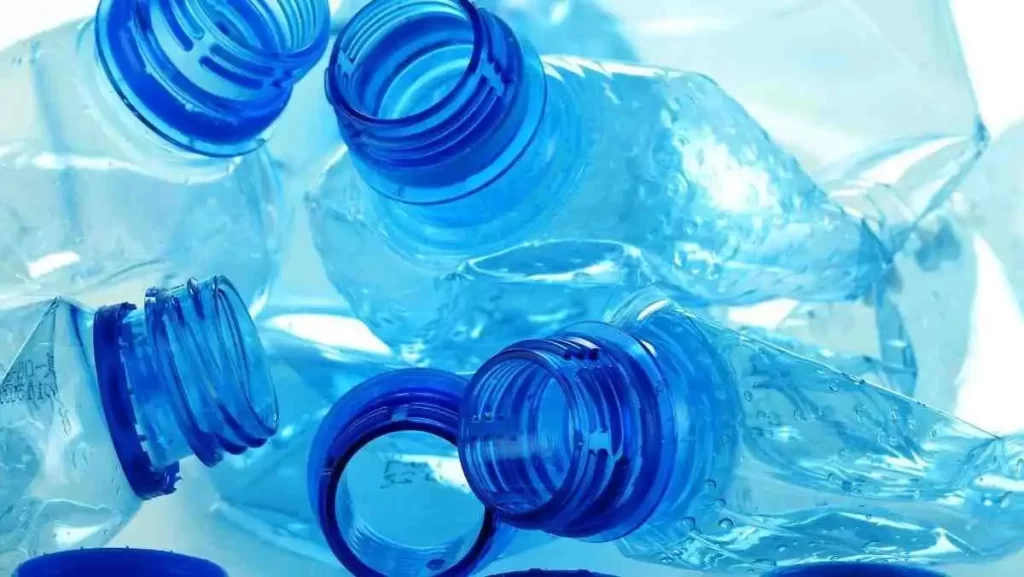
Polyethylene Terephthalate (PET)
PET has good impact resistance and excellent clarity and obstacle properties. This plastic serves many industries with frequent performance.
| Pros | Cons |
| Excellent clarity | Sensitive to hydrolysis |
| Good barrier properties | Limited impact resistance |
| Chemical resistance | Processing challenges |
| Recyclable | Temperature limitations |
Applications:
- Beverage bottles and food containers
- Textile fibers and clothing
- Engineering components
- Medical device packaging
- Electronic insulators
| Property | Value |
| Tensile Strength | 50 – 80 MPa |
| Density | 1.33 – 1.39 g/cc |
| Melt Flow | 10 – 25 g/10 min |
| Mold Temperature | 60 – 140 °C |
| Melt Temperature | 245 – 285 °C |
7. Polyamide (Nylon)
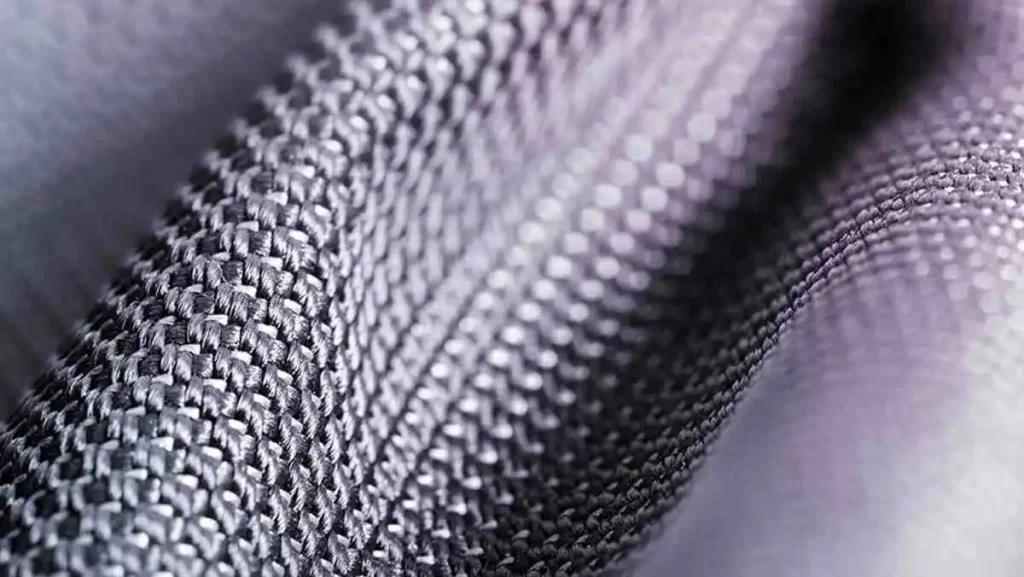
Polyamide (Nylon)
Nylon is hard and wear-resistant. These plastics maintain their qualities in harsh conditions that suit them for mechanical applications.
| Pros | Cons |
| High strength and toughness | Moisture absorption |
| Excellent wear resistance | Dimensional changes |
| Good chemical resistance | Processing complexity |
| Self-lubricating properties | Cost considerations |
Applications:
- Gears and mechanical components
- Bearings and bushings
- Textile applications
- Automotive under-hood components
- Industrial fasteners
| Property | Value |
| Tensile Strength | 45 – 90 MPa |
| Density | 1.12 – 1.15 g/cc |
| Melt Flow | 5 – 50 g/10 min |
| Mold Temperature | 40 – 120 °C |
| Melt Temperature | 210 – 270 °C |
Try Prolean Now!
Comparison of Plastic Properties
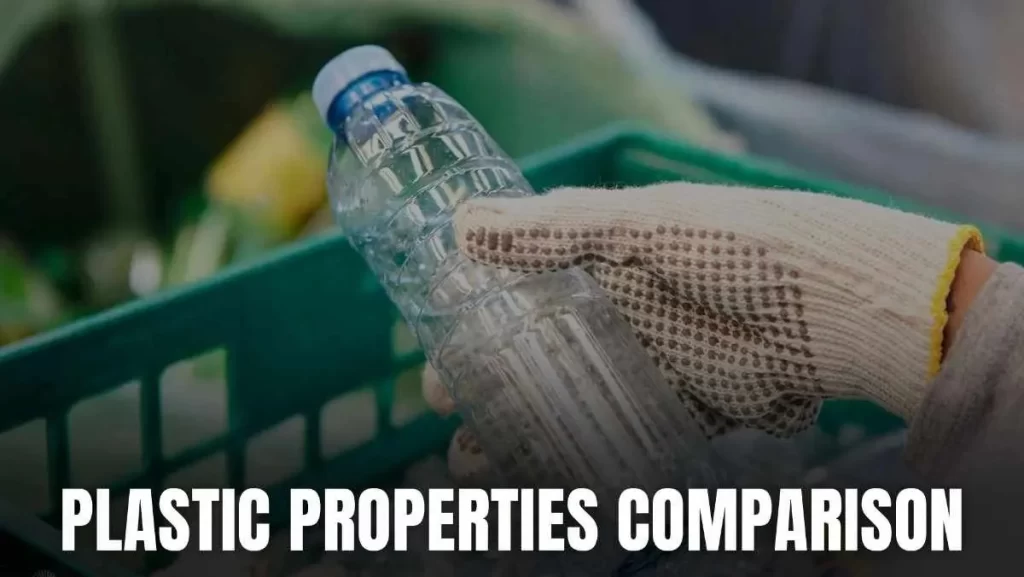
Plastic Properties Comparison
To understand the different hard plastics, you must compare their key characteristics. This comparison will help you choose the right impact resistance plastic for your application.
| Plastic Material | Mechanical Properties | Chemical Resistance | Thermal Stability | Machinability | Cost |
| Polycarbonate (PC) | High impact strength, good toughness | Resistant to acids, bases, and solvents | Good up to 140°C (284°F) | Moderate | Moderate |
| Acrylonitrile Butadiene Styrene (ABS) | Good impact resistance, rigidity | Resistant to acids, bases, and alcohols | Decomposes above 100°C (212°F) | Moderate | Moderate |
| Polyethylene Terephthalate (PET) | High strength, stiffness, and dimensional stability | Resistant to most chemicals | Good up to 150°C (302°F) | Good | Moderate |
| Polyamide (Nylon) | High strength, toughness, and abrasion resistance | Resistant to oils, solvents | Good up to 160°C (320°F) | Good | Moderate |
| High-density Polyethylene (HDPE) | High impact strength, chemical resistance | Resistant to most chemicals | Good up to 80°C (176°F) | Good | Low |
| Polyether Ether Ketone (PEEK) | High mechanical strength, heat resistance | Resistant to most chemicals | Good up to 260°C (500°F) | Moderate | High |
| Polytetrafluoroethylene (PTFE) | Low friction, heat resistance, and chemical resistance | Resistant to most chemicals | Good up to 260°C (500°F) | Moderate | High |
What Impact Resistance Means for CNC Machining?
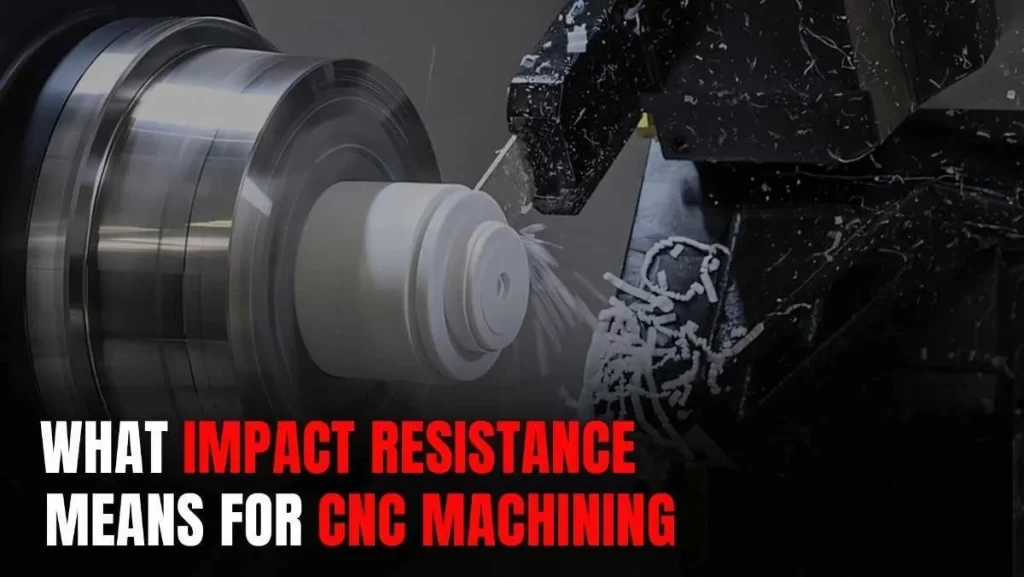
What Impact Resistance Means for CNC Machining
CNC machining of impact resistance plastic requires special knowledge and techniques. The material’s toughness, which makes it valuable in applications, can be challenging during machining.
Proper tool selection, cutting parameters, and workholding become critical for precise results. When machining tough plastic materials, heat generation must be controlled.
These materials can soften or deform if temperatures rise too high during cutting operations. Coolant systems and sharp cutting tools help to maintain dimensional accuracy and the material’s impact resistance properties.
For more information on precision plastic machining, read our Complete Guide on Sheet Metal Bending for more manufacturing insights.
Why Impact Resistance Plastic Matters?
Rigid plastics are super important in today’s manufacturing world. They can absorb energy and not break under pressure.
This is key for things where safety is a big deal. For example, car bumpers protect people, and electronic cases protect delicate parts. These strong plastics make sure things hold up when it matters most.
Using strong plastics also saves money beyond just the upfront cost. These materials often mean fewer extra steps in making things, weigh less than metal, and give designers more freedom to create new and better products.
Knowing which strong plastic to use for your project can affect its success and how long it will perform.
Applications of High-Strength Plastic
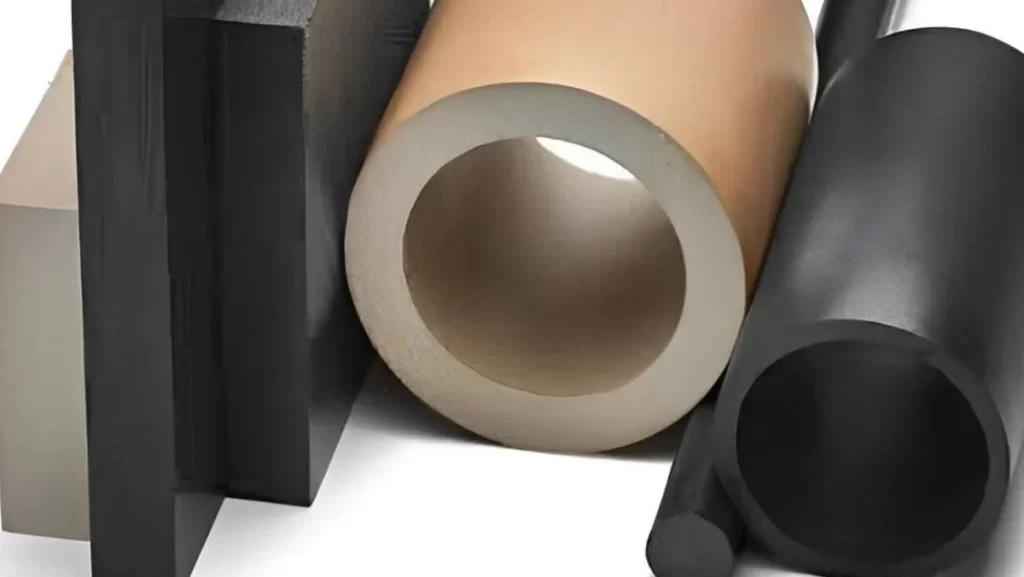
Impact Resistance Plastic Materials
Strong plastic materials are used in many industries, each with unique features. Users must consider how well the plastic can handle impacts and its other essential traits.
Aerospace Industry Applications:
- Inside panels and overhead storage
- Lightweight parts and brackets
- Engine covers and protective cases
- Cockpit control panels and systems
- Landing gear parts
Automotive Industry Applications:
- Bumper systems and crash-absorbing parts
- Inside trim panels and dashboards
- Parts under the hood and engine covers
- Outside body panels and side impact protection
- Fuel system parts and tanks
Medical Device Applications:
- Surgical tool casings and handles
- Covers for diagnostic machines
- Parts for implanted devices
- Lab equipment
- Containers that can be sterilized
Electronics Industry Applications:
- Computer and server cases
- Mobile device cases
- Power supply covers and heat sinks
- Cable organizers and connectors
- Circuit board supports
Industrial Equipment Applications:
- Machine guards and safety barriers
- Conveyor system parts
- Pump housings and valve parts
- Tool handles
- Parts for chemical processing equipment
Medical device makers choose rigid plastics based on what’s safe for the body and how they’ll be cleaned. Electronic makers choose strong plastics based on how they handle electricity and heat.
What are the Toughness Values of Several Plastics?
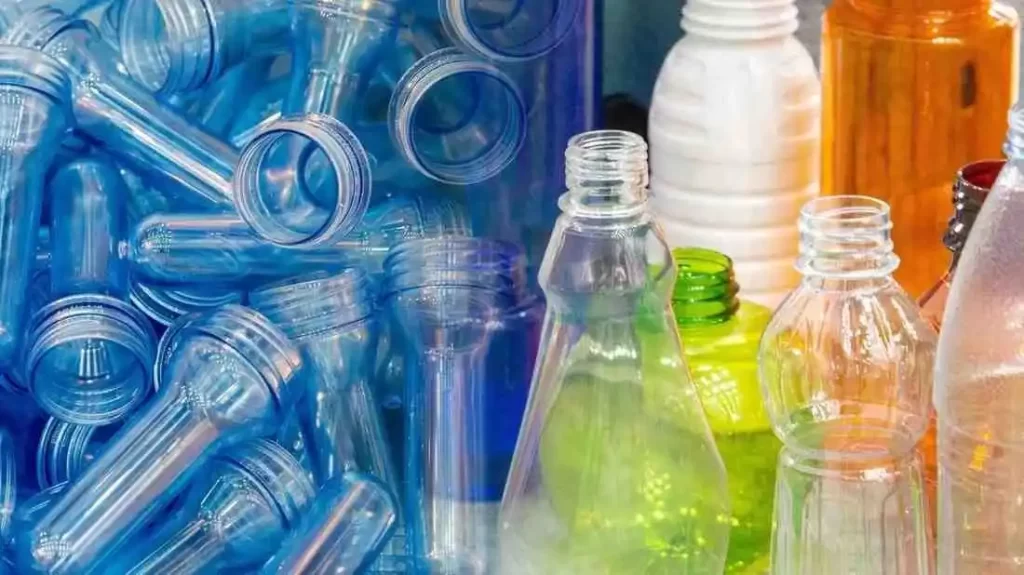
Toughness Values of Several Plastics
Understanding toughness values helps you pick the right plastic for your specific needs. Different types of hard plastic materials have different strength numbers that show how much impact they can handle.
These values guide engineers and manufacturers in selecting materials that won’t fail under stress.
| Plastic Material | Charpy Impact (kJ/m²) | Izod Impact (J/m) | Tensile Strength (MPa) | Applications |
| Polycarbonate (PC) | 60-80 | 600-850 | 55-75 | Safety equipment, automotive |
| ABS | 10-25 | 100-400 | 22-74 | Electronics, automotive trim |
| HDPE | 80-120 | 150-600 | 20-37 | Containers, playground equipment |
| Nylon 6/6 | 5-15 | 50-160 | 45-90 | Gears, mechanical components |
| PET | 3-8 | 25-80 | 50-80 | Bottles, packaging |
| HIPS | 8-15 | 80-200 | 16-40 | Disposables, appliances |
| PEEK | 8-12 | 80-120 | 90-100 | Aerospace, high-temperature |
| PTFE | 10-20 | 150-300 | 20-35 | Seals, chemical equipment |
| Acetal (POM) | 6-12 | 60-130 | 60-70 | Precision parts, bearings |
Contact ProleanTech for the Right Impact Resistance Plastic for Your Project
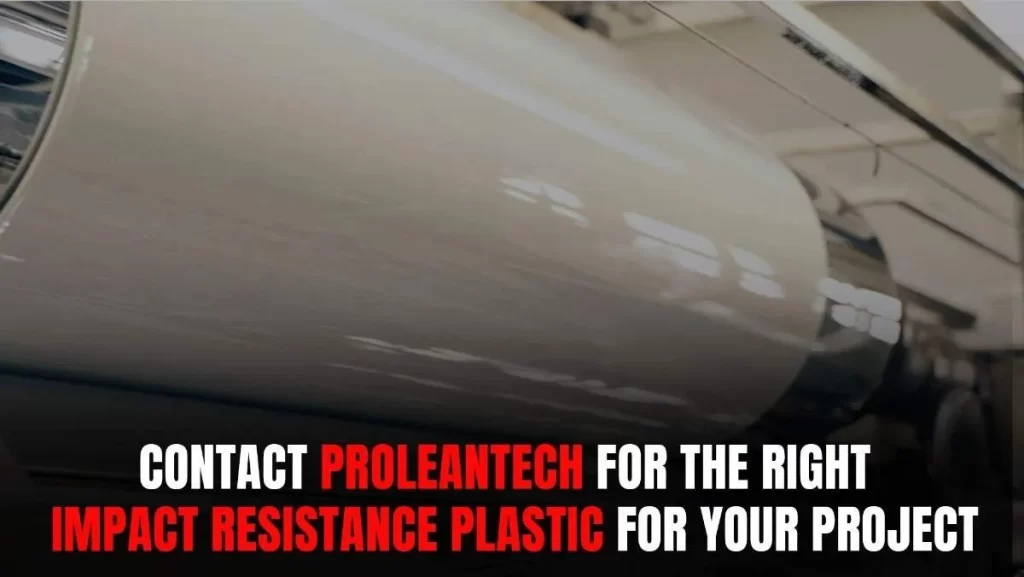
Right Impact Resistance Plastic for Your Project
Choosing the right impact resistant plastic requires expertise in material science and manufacturing processes. Contact ProleanTech Experts to invest your budget at right place and meet your project specifications with precision and reliability.
Our team understands the intricacies of different tough plastic materials and can guide you through selection. Whether you need hard plastics for mechanical parts or specialized tough plastic materials for unique applications, we provide customized solutions.
Wrap Up
Impact resistance plastic materials are key to modern manufacturing success. Knowing the properties, applications, and machining considerations of different tough plastic materials will help you make informed decisions that will impact your project.
Each durable plastic material has advantages for specific applications, from cost-effective ABS to high-performance PEEK. The key is matching material properties to application requirements, manufacturing constraints, nd cost.
For complete Sheet Metal Fabrication Services and material selection guidance, trust our ProleanTech experts who understand impact-resistant plastic materials’ science and practical applications. Contact now!
Frequently Asked Questions
Q1. What type of plastic is flexible and impact resistant?
Some grades of polyethylene and TPU (thermoplastic polyurethane) are flexible and dominant resistant, perfect for applications that require both properties.
Q2. Is polycarbonate plastic impact resistant?
Yes, polycarbonate is resistant, one of the most rigid transparent plastics available, which has 20 times more impact resistance than acrylic.
Q3. What is the strongest impact resistant material?
The strongest plastics are PEEK, PAI, PPS, and high-performance nylons, each of which is accompanied by extraordinary mechanical properties for demanding applications.
Q4. What is an impact resistant material?
An effect-resistant material can absorb energy from sudden forces without breaking or hoof. These materials bend and deform under stress instead of disintegrating, making them ideal for safety applications.
Q5. Is HDPE plastic impact resistant?
Yes, HDPE plastic is highly impact resistant and maintains its properties even at low temperatures. This makes HDPE perfect for external applications such as playgrounds and storage containers.

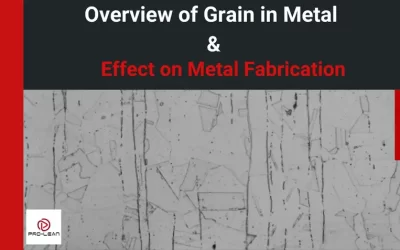
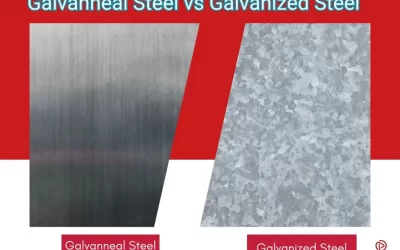
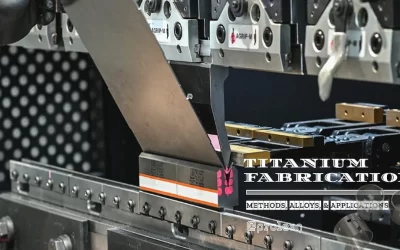
0 Comments